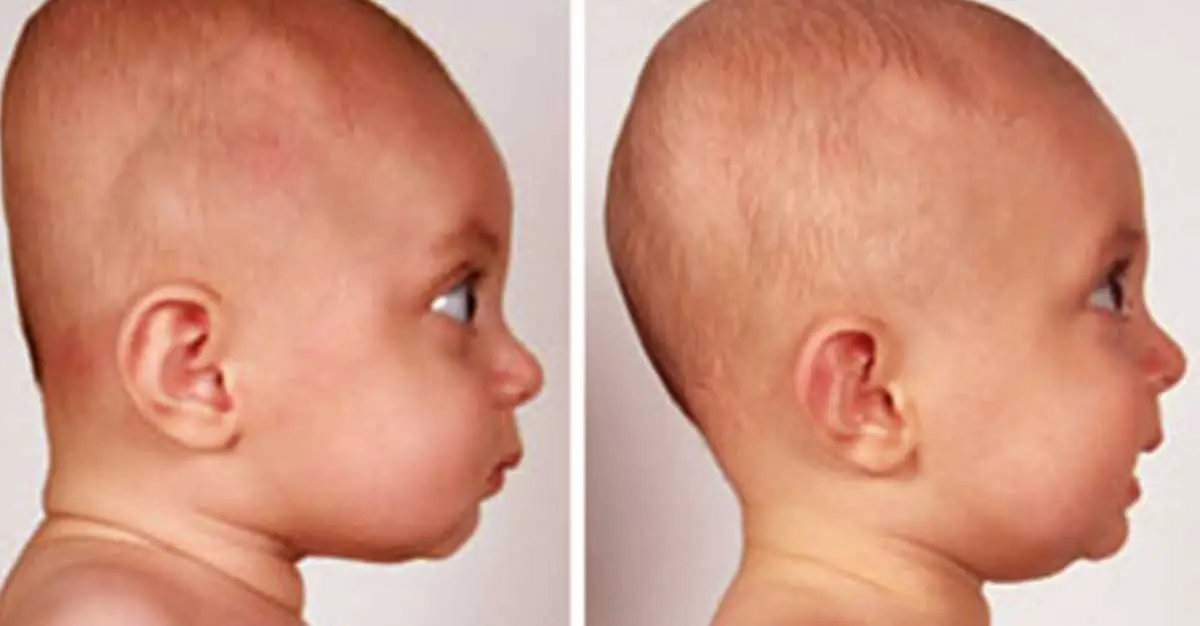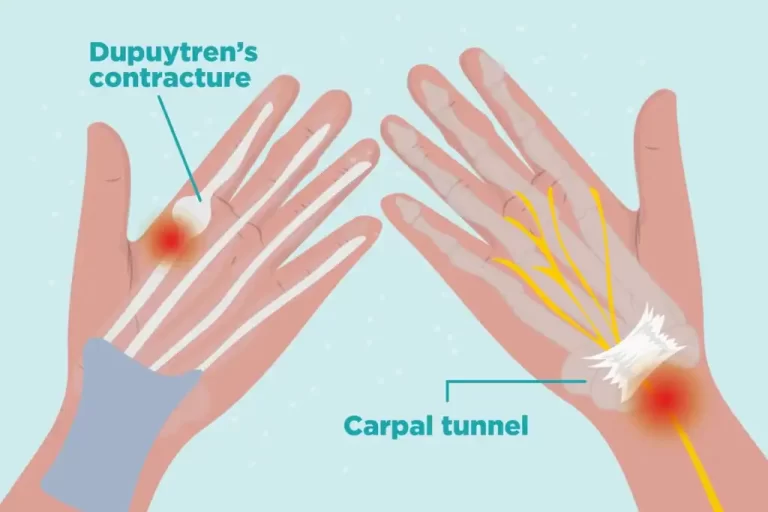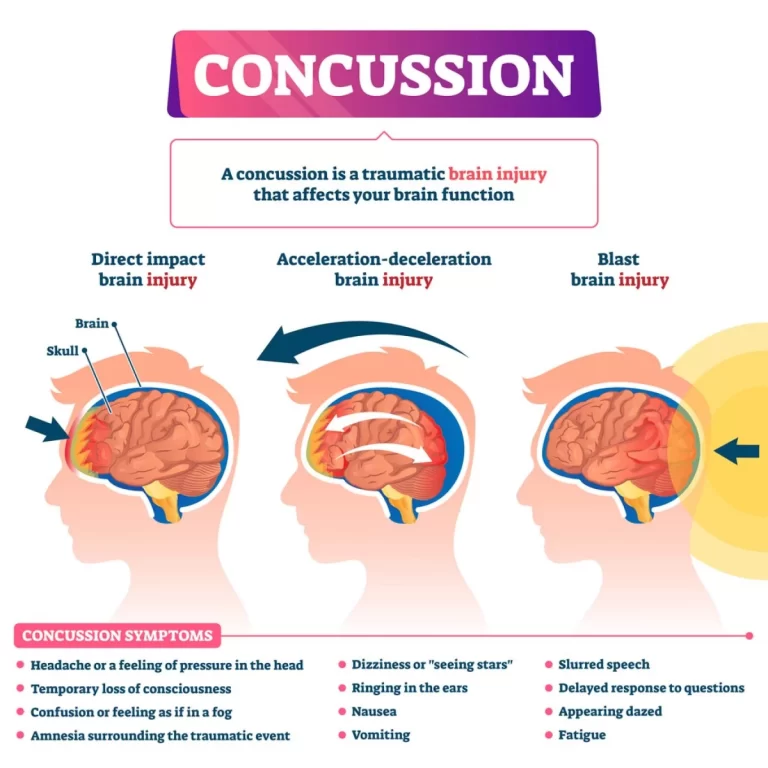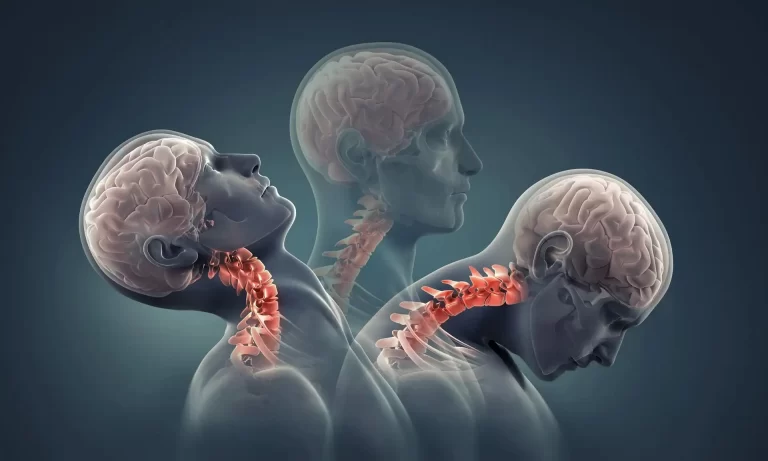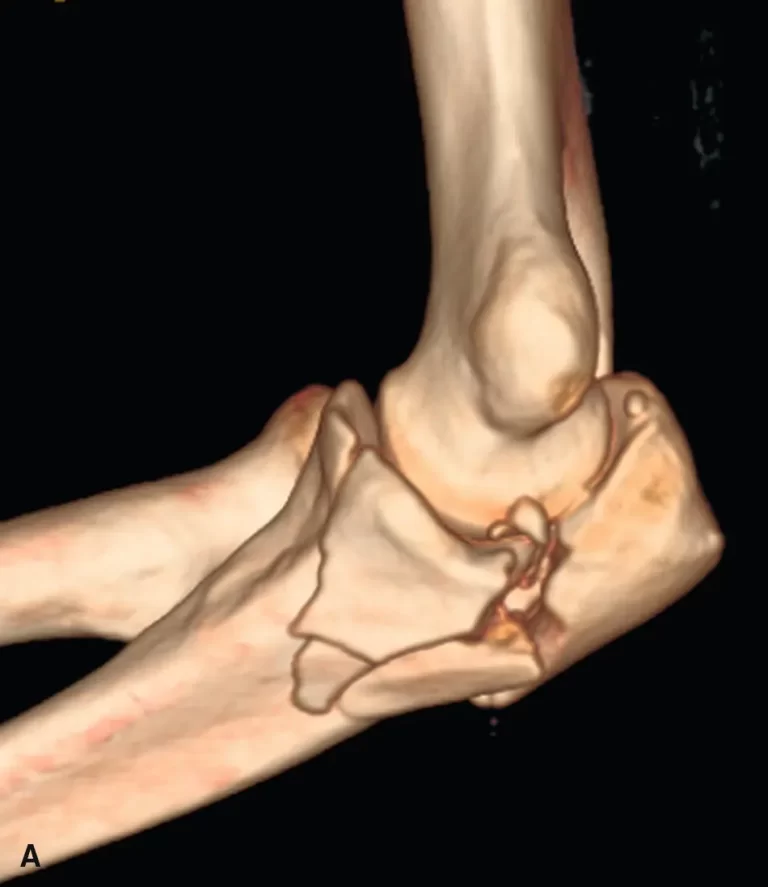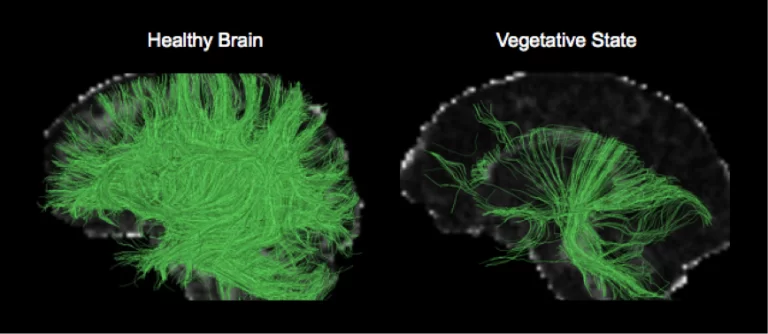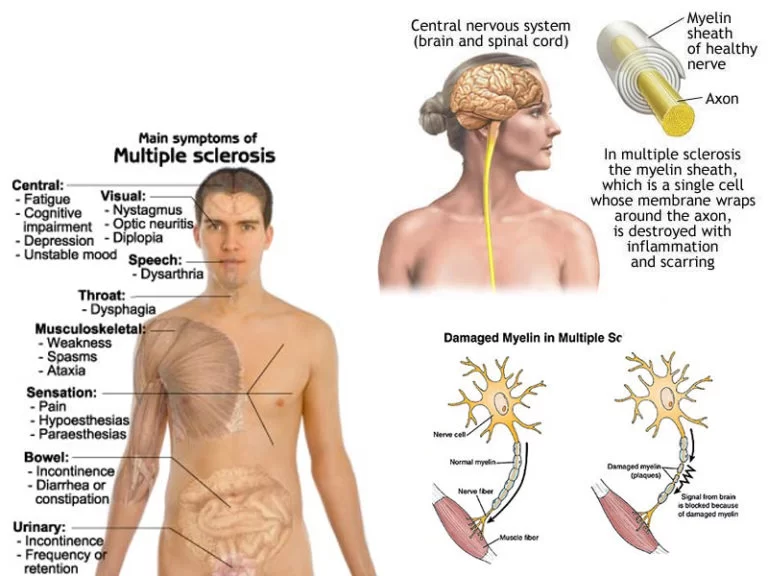Flat Head Syndrome
What is a Flat Head Syndrome?
Flat head syndrome, also known as positional plagiocephaly, is one of several forms of skull deformations that fall under the general name “plagiocephaly.”
If your infant has flat head syndrome, its head will be malformed or develop a flat patch, making it appear like a parallelogram from above.
When a newborn lies on his or her back for an extended period of time, plagiocephaly can form. It doesn’t harm a baby’s brain or impair their growth.
It could be easiest to see when looking up at a baby’s head. The ear and cheekbone on the flat side may appear to be protruded.
Causes of Flat Head Syndrome
- The most prevalent cause of a flattened head in newborns is their sleeping position. Newborns spend most of their time on their backs each day, so sometimes the head flattens down in one spot.
- The same area of your baby’s head may regularly rest on a surface if they sleep with their head tilted too frequently. That area of your baby’s delicate skull may get flattened with repeated pressure. Bone plates that make up the skull get stronger and fuse together as the child gets older.
- The same thing happens while they are in baby carriers, swings, strollers, infant car seats, and bouncy seats in addition to when they are sleeping.
- The skulls of infants are malleable and flexible. Additionally, babies spend a lot of time each day sleeping on their backs. They could frequently move their heads to one side while sleeping.
Premature babies
Several reasons for this possibility include that flattened heads are more common in premature babies. Compared to full-term newborns, they have softer skulls. Due to their medical requirements, such as being hospitalized in the newborn intensive care unit (NICU), they also spend a significant amount of time lying on their backs without being moved or lifted up.
A womb-related issue
Obstacles in the womb might cause pressure on a baby’s head before birth if they are a little crowded in there or there isn’t enough amniotic fluid to protect them.
Multiple births
If a twin or the mother’s pelvis puts pressure on the unborn child’s skull, flat head syndrome may even begin before birth. In fact, many newborns with multiple births have some flat patches on their skulls.
Torticollis
Tight neck muscles make it difficult for infants to move their heads, which is a common cause of flat head syndrome. Torticollis is the medical term for this neck disease. Babies often retain their heads in the same position when lying down since it is difficult for them to shift their heads. Flattening may result from this. Torticollis may then worsen if the skull has a flat area.
Forceps or a vacuum delivery
Plagiocephaly may result from the pressure that these instruments apply to the skull’s pliable bones.
Types of Flat Head Syndrome
Positional plagiocephaly and congenital plagiocephaly are the two types of Flat Head Syndrome (plagiocephaly).
Positional Flat Head Syndrome
Positional plagiocephaly, also known as deformational plagiocephaly or flat head syndrome, is a condition in which a baby’s skull becomes flattened on one side. It is the most common type of head deformity in infants.
Positional plagiocephaly is caused by pressure on the baby’s skull from spending too much time in one position.
This can happen in the womb, during delivery, or after birth. Babies are more likely to develop positional plagiocephaly if they:
- Sleep on their backs for long periods of time, especially in the first few months of life.
- Have torticollis, a condition in which the neck muscles are tight on one side.
- Are premature or have low birth weight.
- Have multiple siblings in the womb.
When observed from above, the head seems to be a parallelogram with the ears misaligned, the forehead and face occasionally bulging slightly on the flat side, and the skull is flattened on one side.
Positional plagiocephaly is usually mild and does not cause any health problems. In most cases, the baby’s head will round out on its own as it grows and start to move around more.
However, in some cases, treatment may be needed to help correct the head shape
Congenital Flat Head Syndrome
Congenital plagiocephaly is a rare birth defect in which the sutures, or fibrous gaps between the skull bones, prematurely seal in infants it is also known as craniosynostosis. An unusual head shape is a consequence of this. Congenital plagiocephaly is different from positional plagiocephaly, which is a more common condition caused by babies spending too much time lying on their backs.
Congenital plagiocephaly can be caused by a number of factors, including:
- Genetic syndromes: Some genetic syndromes, such as Pfeiffer syndrome and Crouzon syndrome, can cause congenital plagiocephaly.
- Intrauterine constraint: If a baby is cramped in the womb, it can increase the risk of congenital plagiocephaly. This occurs more frequently when there are several pregnancies.
- Torticollis: Torticollis is a condition in which a baby’s neck muscles are tight or imbalanced. This can cause the baby to favor one side of the head, which can lead to congenital plagiocephaly.
Congenital plagiocephaly is usually diagnosed during a physical examination. The doctor will look at the shape of the baby’s head and feel for any soft spots. They may also order X-rays or CT scans to get a better look at the baby’s skull.
Treatment for congenital plagiocephaly depends on the severity of the condition. There may be no need for therapy in minor instances. In more severe cases, the doctor may recommend helmet therapy or surgery.
Helmet therapy involves wearing a specially designed helmet for several hours a day. The helmet helps to reshape the head by applying pressure to the raised areas of the skull.
Surgery is usually only recommended for severe cases of congenital plagiocephaly that do not respond to helmet therapy. Surgery involves removing some of the fused skull bones to allow the head to grow normally.
The prognosis for congenital plagiocephaly is good. With early diagnosis and treatment, most babies’ heads will return to normal shape by the time they are 2 years old. However, in some cases, the congenital plagiocephaly may be permanent.
Early diagnosis and treatment can help to improve the shape of the baby’s head and reduce the risk of complications.
Symptoms of Flat Head Syndrome?
The following are signs of flat head syndrome:
- The side or back of the skull that has been flattened.
- On the affected side, a prominent forehead.
- Unequal ears.
- It seems as if one of the eyes is higher than the other.
- A nose that appears pushed to one side.
- Head-turning is difficult in one direction.
- Absence of a soft area on the skull.
- hard ridges on the head.
- The majority of the time, Flat head syndrome is not serious and has no adverse health effects. However, in extreme cases, it might cause facial asymmetries or developmental abnormalities.
Diagnosis of Flat Head Syndrome
- By examining the baby’s head, doctors can frequently determine if the baby has flat head syndrome.
- The doctor will look at the shape of the baby’s head and feel for any soft spots. They will also ask about the baby’s sleep habits and any other medical conditions.
- The doctor may observe how a newborn moves the head and neck to look for torticollis. Usually, no medical testing is required.
- In some cases, the doctor may order an X-ray or CT scan to get a better look at the baby’s skull. However, this is not usually necessary.
Differential diagnosis of Flat Head Syndrome
- Plagiocephaly: This is a condition in which the head is asymmetrical, with one side flatter than the other. It is often caused by positional plagiocephaly, which is when a baby spends too much time in one position, such as on their back.
- Brachycephaly: This is a condition in which the head is shorter and wider than normal. It is often caused by positional brachycephaly, which is when a baby spends too much time lying on their back with their head turned to the side.
- Torticollis: This is a condition in which the neck muscles are tight on one side, causing the head to tilt to one side. Torticollis can be caused by a number of things, including positional torticollis, which is when a baby spends too much time in one position, such as on their back with their head turned to one side.
- Craniosynostosis: This is a condition in which the skull bones fuse together too early. It is a rare condition that can cause a variety of head shapes, including flat head syndrome.
- Microcephaly: This is a condition in which the head is smaller than normal. It can be caused by a number of things, including genetic disorders, infections, and exposure to certain toxins during pregnancy.
- Macrocephaly: This is a condition in which the head is larger than normal. It can be caused by a number of things, including genetic disorders, hydrocephalus, and certain tumors.
If you are concerned that your baby may have flat head syndrome, it is important to see a doctor to get a diagnosis. Treatment will rely on the underlying cause and severity of the condition.
Treatment of Flat Head Syndrome
It is believed that positional plagiocephaly is more a cosmetic problem than a medical one. Most of the time, it has little impact on the growth or development of the brain. As a kid gets older and spends more time sitting, crawling, and standing, the majority of cases get better.
There are a number of things that can be done to treat flat head syndrome, including:
- Repositioning: This involves changing the baby’s position regularly throughout the day so that they are not always lying on their back. For example, you can try placing them on their tummy when they are awake and supervised, or on their side when they are asleep.
- Tummy time: Tummy time is an important part of a baby’s development, and it can also help to improve the shape of their head. Each day, try to spend at least 30 minutes on your stomach.
- Helmet Therapy/Headbands: In some cases, a baby may need to wear a helmet to help reshape their head. This is usually done for babies who have severe flat head syndrome or who have not responded to other treatments.
- A few people contend that specifically crafted headgear, such as helmets and headbands, could make a baby’s developing skull retain its proper form.
- These devices exert pressure on the “bulging” areas of the skull while relieving strain on other areas, possibly allowing the flatter regions of the skull to expand.
- The device is worn almost constantly (up to 23 hours per day) for several months. It starts when the child’s skull is still young, often at approximately 5 or 6 months old.
- Treatment for flat head syndrome is most effective when started early. If you are concerned that your baby may have flat head syndrome, talk to your doctor. They can assess your baby’s head shape and recommend the best course of treatment.
- However, these headbands and helmets are typically not advised because
- they frequently result in complications including rashes and skin irritation.
- They are normally expensive.
- Every few weeks, an infant will need to be examined to observe the growth of their head and make any required corrections.
- For children, they could cause discomfort and distress.
- Mattress: Some individuals experiment with specialized, curved mattresses that are made to evenly distribute a baby’s head weight across a wider surface area, reducing pressure on the baby’s skull at certain points.
- Although they are less expensive than headbands and helmets, there is presently little evidence to support their potential benefits.
- Physiotherapy: This can help to stretch and strengthen the neck muscles if torticollis is present.
Physiotherapy treatment for Flat Head Syndrome
Physical therapists assist in identifying the root cause of the flattening of the head and the most effective course of action.
The sooner a family consults a physiotherapist, the greater their prospects are of correcting or stopping additional head shape defects. Early Physiotherapy treatment also lowers the chance of associated developmental issues.
Physiotherapists are experts in the movement who create customized therapies based on the requirements and objectives of each patient.
They enhance quality of life by providing direct care, educating parents, and encouraging prescribed activity. For an examination, you can speak with a physical therapist immediately.
Pediatric physiotherapists instruct parents and other caretakers at all stages of a baby’s growth, including pregnancy, the immediate postpartum period, and the early months. Early childcare education will cover positioning advice and how to provide your infant with opportunities for mobility.
Physiotherapy treatment may include:
- Head shape: The physical therapist for your kid will educate you on the origins, course, and consequences of a flattened skull. They will show you how to adjust the baby’s surroundings to relieve and prevent more pressure on the flattened portions of their skull as well as how to address positional issues during the day and night.
- Some of the suggestions are:
- Reducing the amount of time your baby spends in infant containers.
- increasing the amount of time your infant spends in positions other than the back, such as being held by an adult or having supervised tummy time.
- Movement: Your physical therapist will inform you of any restrictions on your baby’s neck’s ability to rotate and tilt from side to side. Additionally, they’ll show you different methods to hold them so that you may stretch their tight muscles and induce movement to their less preferred side.
- Strength: For a baby’s neck to develop healthily, both sides must be equally strong. Your physical therapist will show you how to utilize games, music, or toys to promote new movements and make sure your baby gains strength equally on both sides.
- Stretching: The majority of movements require stretching the neck in the direction opposing the tilt. The neck will eventually straighten out as the neck muscles lengthen over time. Although the exercises are easy, they must be performed correctly.
It may be necessary to conduct additional tests or consult with specialists to confirm or exclude other diagnosis.
Surgical treatment
Surgery is usually necessary for a baby with congenital plagiocephaly when sutures in the skull have prematurely closed. Surgery can assist in relieving pressure in the skull and permit the brain to develop normally.
Surgery may even decrease the risk of complications like these:
- developmental delays
- blindness
- seizures
- other medical problems
Some suggestions for avoiding Flat Head Syndrome
- Change the baby’s position. Avoid placing the baby on their back all the time. When the baby is awake, try to hold them in different positions, such as on their stomach or side.
- Provide tummy time. Tummy time helps to strengthen the baby’s neck and back muscles and can help to prevent positional plagiocephaly. Start tummy time for a few minutes at a time and gradually increase the amount of time the baby spends on their tummy.
- Use a variety of sleeping positions. Avoid placing the baby in the same sleeping position every night. Try to alternate between sleeping on their back and side.
- Use a firm mattress. A firm mattress will help to support the baby’s head and neck. Avoid using soft mattresses or pillows.
Here are additional suggestions that might be helpful:
- Make sure your baby’s mattress is in a central location in the room. This will encourage them to look around in all directions.
- Place interesting objects around your baby’s crib. This will also encourage them to turn their head to look at them.
- Hold your baby in different positions when you are carrying them. This will help to prevent them from always resting their head in the same position.
- Give your baby plenty of opportunities to explore their environment. This will help them to develop their neck and shoulder muscles, which will reduce the risk of flat head syndrome.
If you are concerned that your baby may have positional plagiocephaly, talk to your doctor. Early diagnosis and treatment can help to improve the shape of the baby’s head.
Summary
Flat Head Syndrome is common in babies. While the consequences are often minimal and tend to go away as a baby becomes older and more active, it can occasionally result in an abnormally shaped skull and possibly misaligned ears and eyes. Flat Head Syndrome doesn’t impair brain development and frequently goes away on its own without the need for treatment.
FAQs
What is Flat Head Syndrome?
Flat Head Syndrome is a condition in which a baby’s head becomes flattened on one side due to prolonged pressure on that side. This can happen if a baby spends too much time lying on their back.
What is the cause of flat head syndrome?
The primary cause of a flattened head in newborns is the position in which they sleep. As a result of spending so much time on their backs, infants can have flattened heads in one area. The same thing happens while they are in baby carriers, swings, strollers, infant car seats, and bouncy seats in addition to when they are sleeping.
How Is Flat Head Syndrome Treated?
Practice lying on your belly.
Change up the positions of the mattress.
Set time limits for “containers.” You should limit the amount of time your kid spends lying on their back or with their head resting on a flat surface (such as in a stroller, car seat, swing, or bouncy seat).
Can the flat head return to normal?
Yes, the Flat head can go back to normal. Most cases of flat head, also known as positional plagiocephaly, are mild and improve on their own by the time the baby is 1 or 2 years old. This is because the skull bones are still soft and flexible at this age.
What age does a flat head begin?
It is usually noticed between 2 and 4 months.
Do pillows help to avoid flat heads?
Be advised that newborn head shape pillows cannot be used to prevent or treat flat head syndrome or other medical disorders since they are neither safe nor effective in doing so.
How can I retain my infant’s round head?
You may assist your baby in developing a flat head by turning them in their bed every day. Your infant may tilt their head from looking towards the wall in their bed to looking at their room since they prefer to have interesting things to look at. They can watch you arrive and go in this manner.
Reference
Christiano, D. (2023, July 31). Understanding flat head syndrome (Plagiocephaly) in babies. Healthline.
Website, N. (2022, August 9). Plagiocephaly and brachycephaly (flat head syndrome). nhs.
Professional, C. C. M. (n.d.-a). Plagiocephaly (Flat head syndrome). Cleveland Clinic.
O’Connor, A., & O’Connor, A. (2023). Flat head syndrome (Plagiocephaly) in babies.

